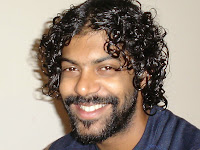Neuroethics Journal Club: The Ethical Issues behind Brain-to-Brain Interface (BTBI) Technologies
The first Neuroethics Journal Club of the Fall 2013 semester was a discussion led by graduate student John Trimper on the ethical implications behind brain-to-brain interface (BTBI) technologies. John introduced the topic by presenting the experimental details and results from a recent paper, published by the Nicoleis lab at Duke University (Vieira et al.), where researchers utilized a BTBI to transfer sensorimotor information between two rats. The BTBI technology allowed for a transfer of information from an “encoder” rat to a “decoder” rat, not using typical bodily interactions, but instead through intracortical microstimulation (ICMS). "Rodent Mind Meld" (Via Wired) The researchers conducted three experiments that demonstrated an artificial communication channel where cortical sensorimotor signals, coded for a specific behavioral response, were recorded in the encoder rat and transmitted to the decoder rat. Once received from the encoder rat, the decoder rat was instructed


